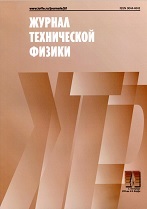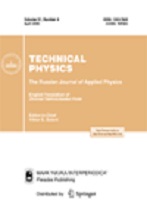|
|
Zhurnal Tekhnicheskoi Fiziki, 2016, Volume 86, Issue 7, Pages 57–64
(Mi jtf6499)
|
 |
|
 |
This article is cited in 14 scientific papers (total in 14 papers)
Solids
Cold brittleness and fracture of metals with various crystal lattices: Dislocation mechanisms
V. M. Chernovab, B. K. Kardashevc, K. A. Moroza
a Bochvar Russian Scientific Research Institute of Inorganic Materials, Moscow
b National Engineering Physics Institute "MEPhI", Moscow
c Ioffe Institute, St. Petersburg
Abstract:
The dislocation mechanisms of formation of the ductile–brittle transition temperature and the low-temperature brittle fracture of metals (single crystals, polycrystals) with various crystal lattices (bcc, fcc, hcp) are considered. The conditions of appearance of cold shortness and intracrystalline crack propagation (brittle fracture) are determined. These conditions can be met in bcc and some hcp metals and cannot be met in fcc and many hcp metals. The nondestructive internal friction (at 100 kHz) method is used to determine the temperature ranges of cold shortness (ductile–brittle transition temperatures) in bcc metals (ferritic–martensitic EK-181 steel, V–4Ti–4Cr alloy), which depend on their structure–phase state and strength (yield strength).
Received: 06.11.2015
Citation:
V. M. Chernov, B. K. Kardashev, K. A. Moroz, “Cold brittleness and fracture of metals with various crystal lattices: Dislocation mechanisms”, Zhurnal Tekhnicheskoi Fiziki, 86:7 (2016), 57–64; Tech. Phys., 61:7 (2016), 1015–1022
Linking options:
https://www.mathnet.ru/eng/jtf6499 https://www.mathnet.ru/eng/jtf/v86/i7/p57
|


| Statistics & downloads: |
| Abstract page: | 69 | | Full-text PDF : | 44 |
|





 Contact us:
Contact us: Terms of Use
Terms of Use
 Registration to the website
Registration to the website Logotypes
Logotypes








 Citation in format
Citation in format 
